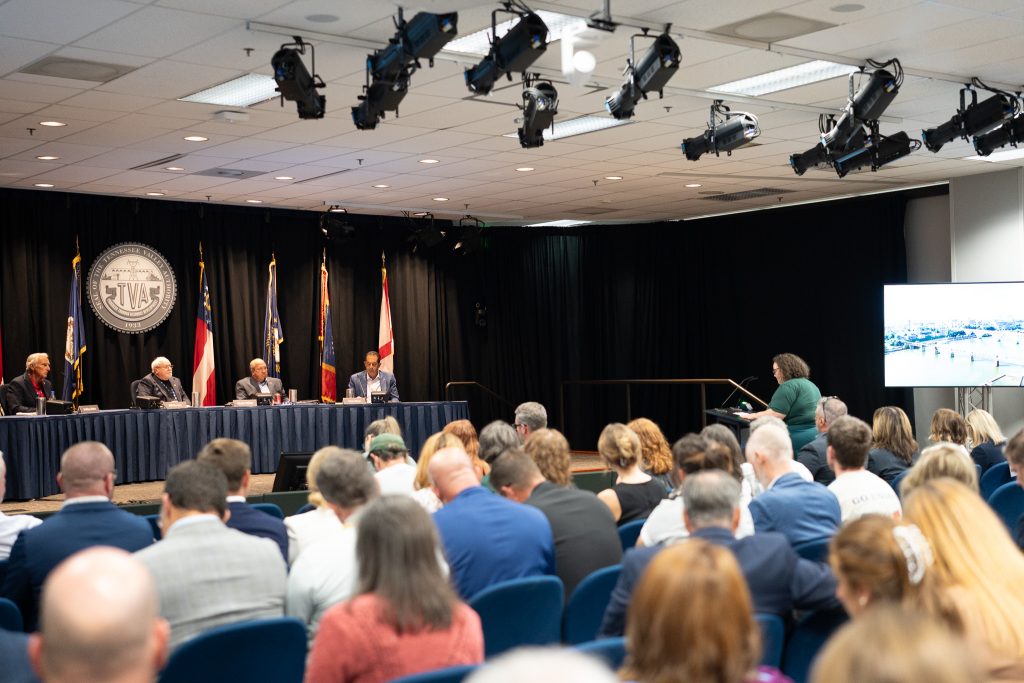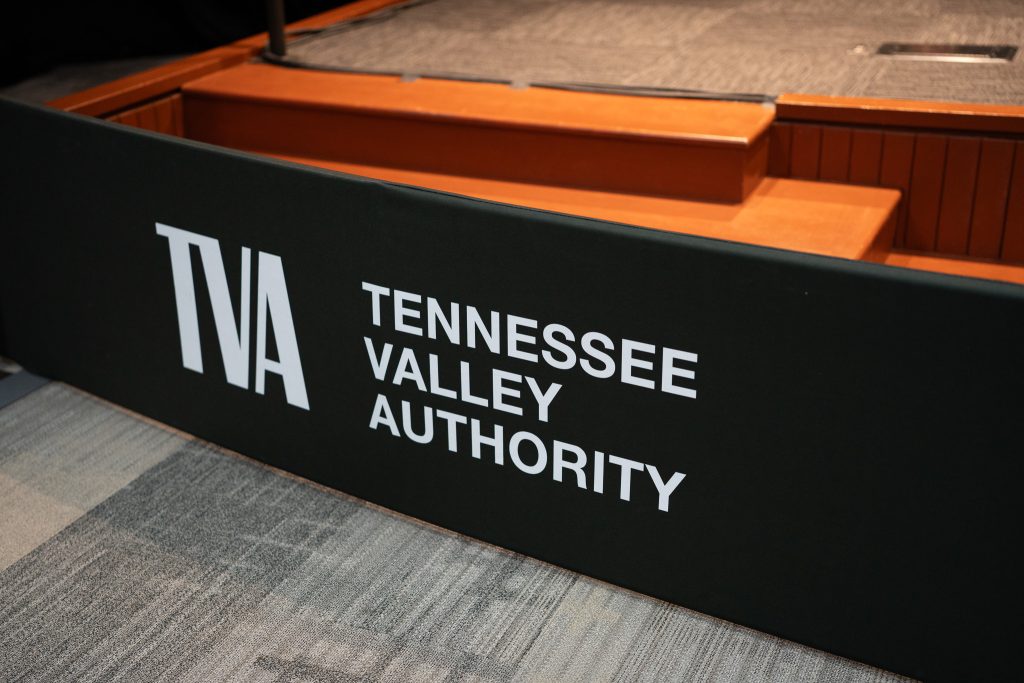FOR IMMEDIATE RELEASE
EPA Guidance on Mountaintop Removal Falls Short
Group says that final EPA guidance on water pollution from Appalachian coal mines could allow further devastation
of waterways and communities in Appalachia
– – – – – – – – – – – – – – – – – – –
Contact:
Matt Wasson, Donna Lisenby (828) 262-1500
Kate Rooth (202) 266-0479
– – – – – – – – – – – – – – – – – – –
WASHINGTON, DC (July 21, 2011) — Today the Environmental Protection Agency released its “Final Guidance on Improving EPA Review of Appalachian Surface Coal Mining Operations Under the Clean Water Act,” which seeks to improve standards for permitting mountaintop removal coal mining in Central Appalachia. Community and environmental advocates, while appreciative of the EPA’s efforts to address water pollution from mountaintop removal mining, were disappointed with the final document, saying it falls far short of what is needed to ensure real protection of waterways and human health in Appalachia.
“We’d certainly rather have this guidance than not have it,” said Matt Wasson, director of programs for the non-profit advocacy organization Appalachian Voices, “But I’m concerned that the Obama Administration is backsliding on its commitment to protect the health of people impacted by mountaintop removal coal mining. It’s striking how the language of this document has been weakened, compared to the initial draft released in 2010, and I’m afraid the end result is that residents are left without any effective protection against the massive amounts of pollution created by the mountaintop removal industry.”
According to an analysis by Appalachian Voices, the words and phrases used in the final guidance, as compared to the draft released last year, there were significant changes in scope, emphasis and tone. The words “recommend,” “consider” and “consistent with” were used twice as frequently in the final guidance, while words “compliance,” “requires” and “prohibit” were used half as often. Similarly, while phrases implying a more limited scope of the guidance, such as “site-specific” and “case-by-case” were used 10 times more frequently in the final guidance, words referencing the environmental impacts of mining such as “impairment” and “adverse” were used half as often.
Environmental and community advocates are particularly concerned about the flexibility given to states in implementing the benchmarks for water conductivity when considering coal mining permits in Appalachia. Conductivity, a measure of salt and/or pollutants in water, is a critical early indicator of stream health. According to EPA’s own studies, released with the initial draft of the guidance, exceeding these benchmarks is likely to result in degraded stream health. Those same studies found that nine out of every 10 streams downstream of surface mining operations in Appalachia exhibited significant impacts to aquatic life.
“The guidance was supposed to provide much greater protection to streams and communities, but I’m concerned that it just takes us back to the good old days of allowing states to give coal companies free reign to pollute” said Donna Lisenby, the Director of Water Programs for Appalachian Voices.
Lisenby, a veteran Riverkeeper and national leader in the Waterkeeper Alliance, has led a high profile investigation of Clean Water Act violations by coal companies in Kentucky. According to Lisenby, “In the last eight months we brought legal action against 3 coal companies for 36, 000 violations of the Clean Water Act because the state of Kentucky did nothing to investigate or enforce the law. This new guidance will simply give overburdened states, who are too captured or weak to stand up to the coal industry, more power to do even less to stop the birth defects and poisoned water in Appalachia.”
The EPA’s announcement comes on the heels of the publication of a new study by Dr. Micheal Hendryx of West Virginia University and Dr. Melissa Ahern of Washington State University, which found a significantly higher number of birth defects in infants born to mothers living in mountaintop mining areas compared to other mining areas and non-mining areas.
# # #



